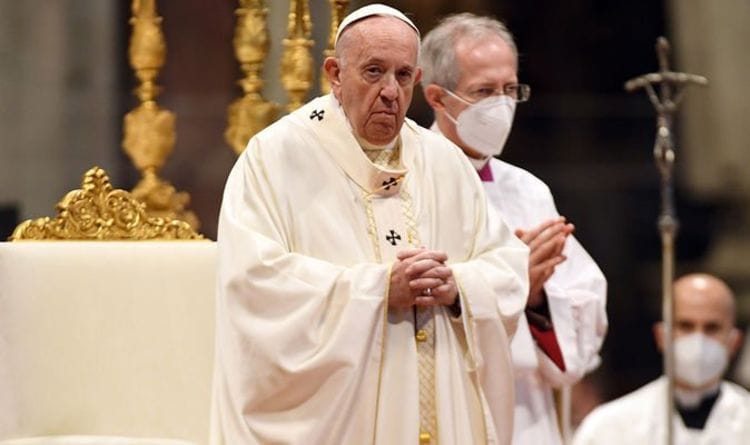In a landmark event that has captured global attention, Pope Francis has unveiled a box of documents that delve into the Catholic Church’s complex and often troubling history. This initiative is seen as a crucial step towards transparency and accountability, particularly in light of the numerous scandals that have plagued the Church over the years. The documents, which were made public during a press conference at the Vatican, are expected to provide insights into various aspects of the Church’s dealings, including financial transactions, clerical misconduct, and the handling of abuse allegations.
The decision to release these documents comes at a time when the Catholic Church is under intense scrutiny from both the public and its own members. Over the past few decades, the Church has faced a barrage of criticism regarding its response to sexual abuse scandals, financial mismanagement, and its overall governance. By making these documents available, Pope Francis aims to address some of the concerns that have been raised and to foster a culture of openness within the Church.
During the press conference, Pope Francis emphasized the importance of confronting the past in order to build a better future for the Church. He stated that acknowledging the mistakes of the past is essential for healing and reconciliation. The documents are expected to serve as a historical record that can help the Church learn from its past and prevent similar issues from arising in the future.
The box of documents includes a variety of materials, such as correspondence between Church officials, financial records, and reports related to abuse cases. Some of these documents date back several decades, providing a comprehensive overview of the Church’s dealings during a tumultuous period in its history. The release of these documents is part of a broader initiative by the Vatican to promote transparency and accountability, which has been a key focus of Pope Francis’s papacy.
In recent years, the Vatican has taken several steps to address the issue of clerical abuse and to improve its governance structures. This includes the establishment of new protocols for reporting abuse allegations, the creation of a commission to oversee the handling of such cases, and the implementation of training programs for clergy and laypeople alike. The release of the documents is seen as a continuation of these efforts, as it allows for greater scrutiny of the Church’s actions and decisions.
The response to the release of the documents has been mixed. While many have praised Pope Francis for his commitment to transparency, others remain skeptical about the Church’s ability to change. Critics argue that the release of documents alone is not enough to address the deep-seated issues within the Church and that more concrete actions are needed to ensure accountability. They emphasize the importance of not only acknowledging past mistakes but also taking meaningful steps to rectify them.
As the Church navigates this challenging period, the unveiling of the documents represents a significant moment in its history. It signals a willingness to confront uncomfortable truths and to engage in a dialogue about the Church’s past. The hope is that this initiative will not only provide clarity on past dealings but also pave the way for a more transparent and accountable future.
In conclusion, Pope Francis’s decision to reveal a box of documents related to the Church’s dark dealings marks a pivotal moment in the ongoing efforts to address the challenges facing the Catholic Church. By promoting transparency and accountability, the Vatican aims to foster a culture of openness that can help rebuild trust among its members and the wider public. As the Church continues to grapple with its past, the release of these documents serves as a reminder of the importance of acknowledging mistakes and striving for a better future.



